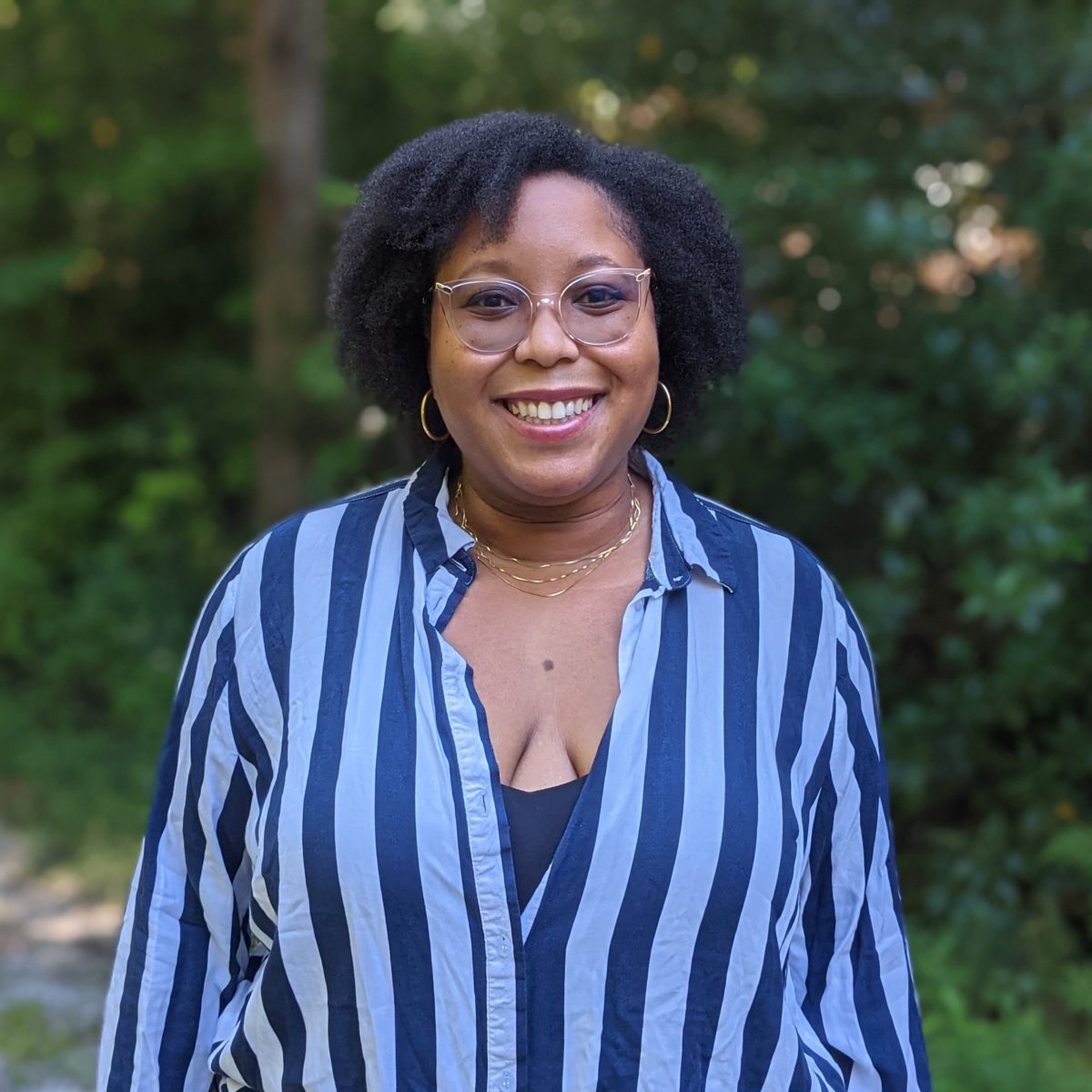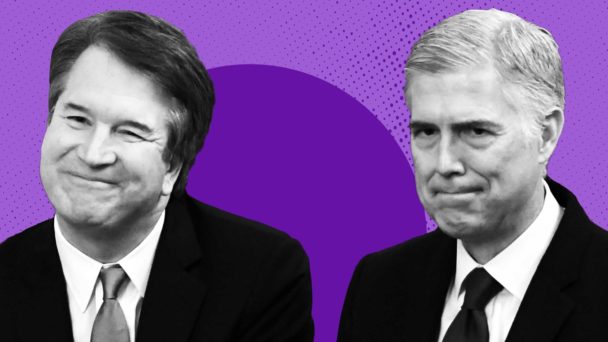If you are a normal person who has the misfortune of encountering an annoying person on social media, the healthiest thing you can do is delete the offending comment and block them without a second thought. If you are a public official, however, purging your mentions of reply guys can have legal implications, because the First Amendment prohibits the government from abridging an individual’s right to free speech. For the first time, your weird uncle who invokes the Constitution whenever a city councilmember blocks them on Facebook might be on to something.
On Tuesday, the Supreme Court heard oral argument in O’Connor-Ratcliff v. Garnier and Lindke v. Freed, a pair of cases about the rules governing how public officials interact with the public on social media. The technical issues in these cases are a little different, but the big question is the same: When does an official’s ostensibly personal social media account become a public forum, such that their decisions about who can participate can no longer hinge on whether the official likes them or not?
The facts of the cases are pretty similar: In Garnier, a school board member blocked parents on Facebook and Twitter after the parents posted dozens of nearly-identical comments complaining of, among other things, alleged financial mismanagement and inattention to incidents of racism in the district. In Lindke, the city manager of Port Huron, Michigan blocked a resident after one too many angry replies critical of the city’s lackadaisical response to the COVID-19 pandemic. In both cases, the accounts in question belonged to the individual public officials, not to the government. Yet, in both cases, the officials used their pages to talk about official business: Freed, the city manager, posted press releases and administrative directives alongside his posts about “Daddy Daughter Dances and Bible verses.”
Where the cases differ is just how many official trappings were visible on these accounts. Michelle O’Connor-Ratcliff, for instance, identified herself on her Facebook page as “Board of Education, President, Poway Unified School District,” and the vast majority of her posts were related to her job and began with “our” and “we,” as if she were speaking for the Board. The lawyer for the parents, Pamela Karlan, got a good laugh from the courtroom when she paraphrased Mark Twain: “The only people who should use ‘we’ in the singular are royalty and people with tapeworms. And, you know, I don’t think she’s either of those.”

(Photo by Dan Kitwood/Getty Images)
By contrast, Freed made his Facebook account as a college student in 2008, well before he became the Port Huron city manager. When he took office, he changed the physical address associated with the page to city hall, and at the onset of the pandemic, he began frequently using the page for work. But in general, he posted “quite a bit on the site about personal activities,” as Justice Clarence Thomas commented, including “battles with raccoons and other things.” Justice Elena Kagan further observed that Freed’s online presence was less official-looking than O’Connor-Ratcliff’s: “It’s hard to look at this page as a whole, unlike the one in the last case, and not think that surely this could not be the official communication channel.”
These cases are before the Court because the two federal appeals courts that heard them came to basically opposite conclusions: In Garnier, the Ninth Circuit decided that blocking constituents was a First Amendment violation, because the officials were using social media to communicate about job-related matters, even though they weren’t using official government pages or posting as part of their formal job duties. In Lindke, the Sixth Circuit decided that blocking constituents wasn’t a First Amendment violation, because the page didn’t belong to the city, and updating that page was not part of Freed’s job responsibilities.
How the Court draws this line could have significant consequences for how politicians use social media, which has become perhaps the most direct link between millions of people and their elected representatives. Some of the blocked constituents advocated for a flexible standard focused on whether a reasonable observer would have thought that a given page was official. Such a standard would benefit the public by preserving people’s access to officials who appear to be posting under government authority. The officials, meanwhile, argued that courts should focus instead on whether the government had actual control over a given Facebook page or Twitter handle—a rule that would afford officials more leeway to block people, but shut out constituents who want to engage with them.
At the end of oral argument, the justices seemed to agree that a standard should account for whether the official was exercising some degree of official authority, but disagreed on what factors are relevant to that assessment. Their attempts to tease out a workable standard yielded hypotheticals that quickly got silly: Justices Samuel Alito and Brett Kavanaugh, for example, asked if an official using Facebook was the equivalent of running into a constituent at the grocery store. Alito and Justice Ketanji Brown Jackson asked how it compared to hosting a private get-together on their farm to talk about public business.
However the Court comes down here, its members’ fumbling attempts at analogy highlight the difficulties inherent in mapping a 250-year-old constitutional provision onto the modern social media landscape, where competing platforms are appearing, disappearing, and/or becoming unrecognizable overnight. If there is an answer to what the First Amendment means in an era when politicians and regular peopl live much of their lives online, this particular collection of nine elite lawyers does not seem likely to find it.




